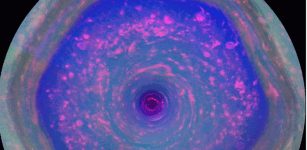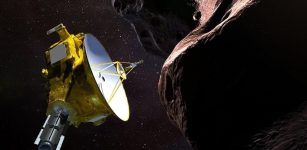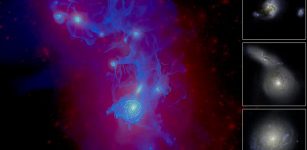For The First Time Astronomers Observe New Planet Being Born
MessageToEagle.com – University of Arizona researchers captured the first photo of a planet in the making, a planet residing in a gap in LkCa15’s disk – located in the Taurus molecular cloud at the distance of 450 light-years from Earth.
LkCa15, a young star with a transition disk around it is a birthplace for planets.
“This is the first time that we’ve imaged a planet that we can say is still forming,” says Stephanie Sallum, a UA graduate student, who with Kate Follette, a former UA graduate student now doing postdoctoral work at Stanford University, led the research published in the Nov. 19 issue of Nature.
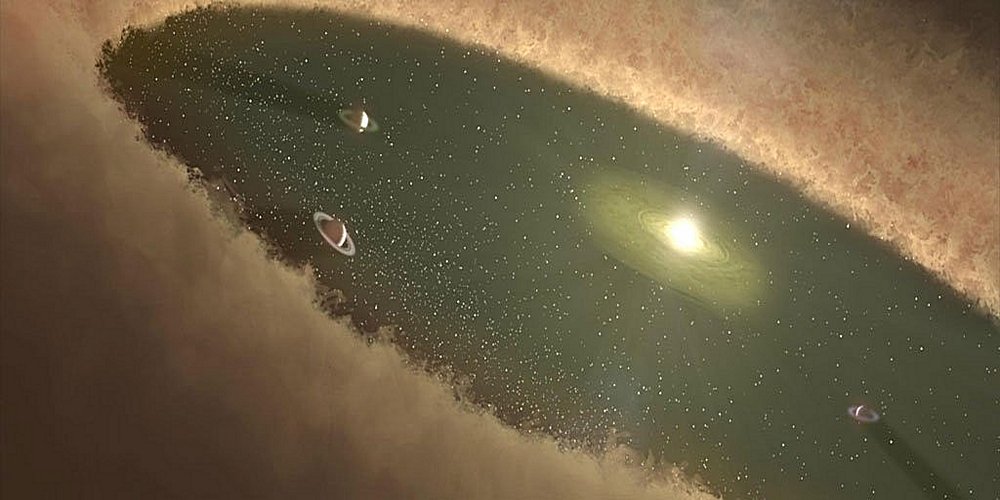
“No one has successfully and unambiguously detected a forming planet before,” Follette says. “There have always been alternate explanations, but in this case we’ve taken a direct picture, and it’s hard to dispute that.”
At first, Sallum and Follette were working independently, each on her own Ph.D. project, but suspected that this particular galaxy might have an embryonic planet while doing previous research. Both Sallum and her colleague, Kate Follette, focused on LkCa15.
There are about 2,000 known exoplanets, but only about 10 have been imaged, and all long after they had formed. Scientists had never seen them during the process of their actual birth.
“No one has successfully and unambiguously detected a forming planet before,” Follette, a UA graduate currently working with Stanford University, said in a statement.
“There have always been alternate explanations, but in this case we’ve taken a direct picture, and it’s hard to dispute that.”
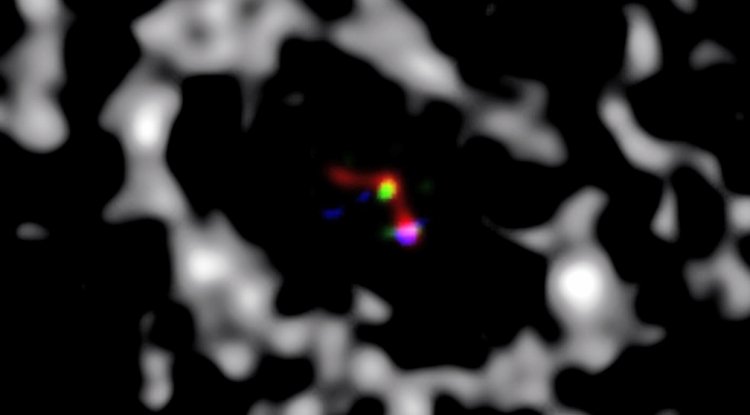
UA scientists developed instruments and techniques that made imaging possible of a planet residing in a gap in LkCa15’s disk.
“The reason we selected this system is because it’s built around a very young star that has material left over from the star-formation process,” Follette says.
“It’s like a big doughnut. This system is special because it’s one of a handful of disks that has a solar-system size gap in it. And one of the ways to create that gap is to have planets forming in there.”
The process of planetary formation is very difficult to catch, especially because of large part to atmospheric turbulence, the mixing of hot and cold air.
Astronomers used the world’s largest telescopes – the Large Binocular Telescope (LBT) located on Mount Graham in Arizona, the U of A’s Magellan Telescope and its adaptive optics system, and MagAO located in Chile.
“That single dark shade of red light is emitted by both the planet and the star as they undergo the same growing process,” said Follette.
“We were able to separate the light of the faint planet from the light of the much brighter star and to see that they were both growing and glowing in this very distinct shade of red.”
MessageToEagle.com
source: University of Arizona


